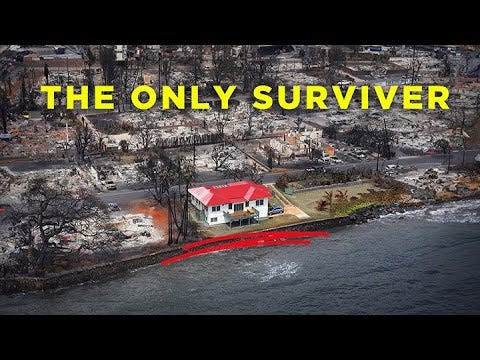🎥 How One House Survived a Wildfire. The LA fires shocked the entire world... What Lessons?
Entering a decade of climate change & robotics adaptation. This is the first newsletter of 2025, welcome back to The Adaptive Economy.
👋 Hi, I’m Djoann Fal. I’m fascinated by our planet, our changing weather, robots, and peaceful, green technological utopias. Welcome to my monthly newsletter.
Note: We are deeply saddened by the deva…
Keep reading with a 7-day free trial
Subscribe to The Adaptive Economy Newsletter by Atlas Capital to keep reading this post and get 7 days of free access to the full post archives.



